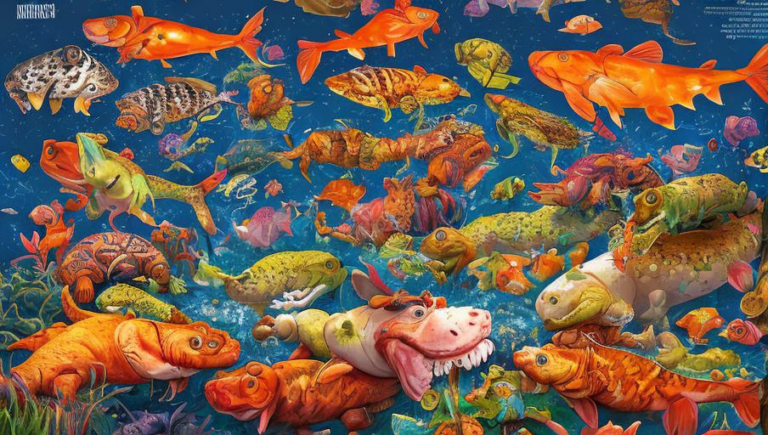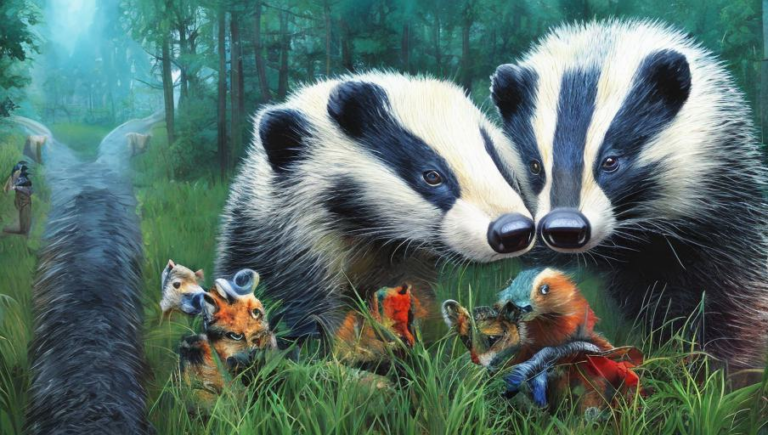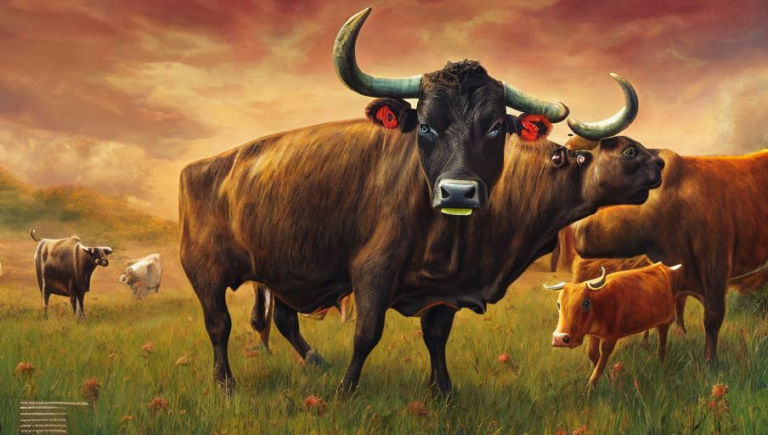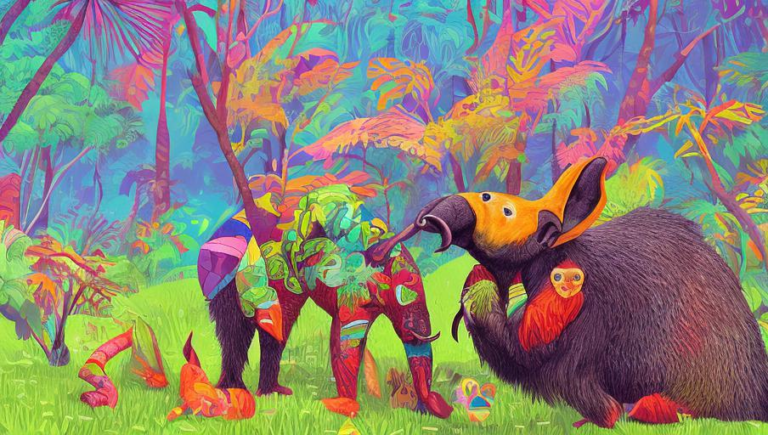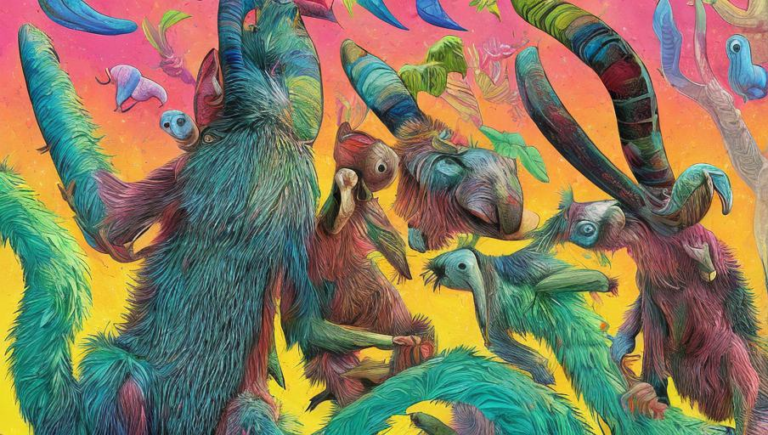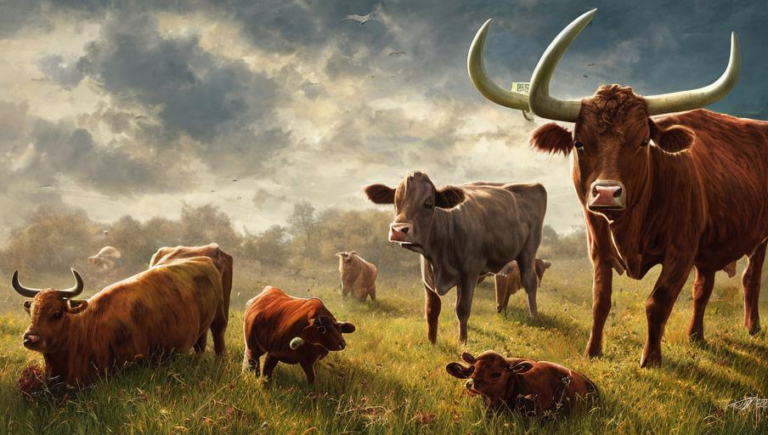Juggling Clues: Understanding the Behavior of Dinosaurs
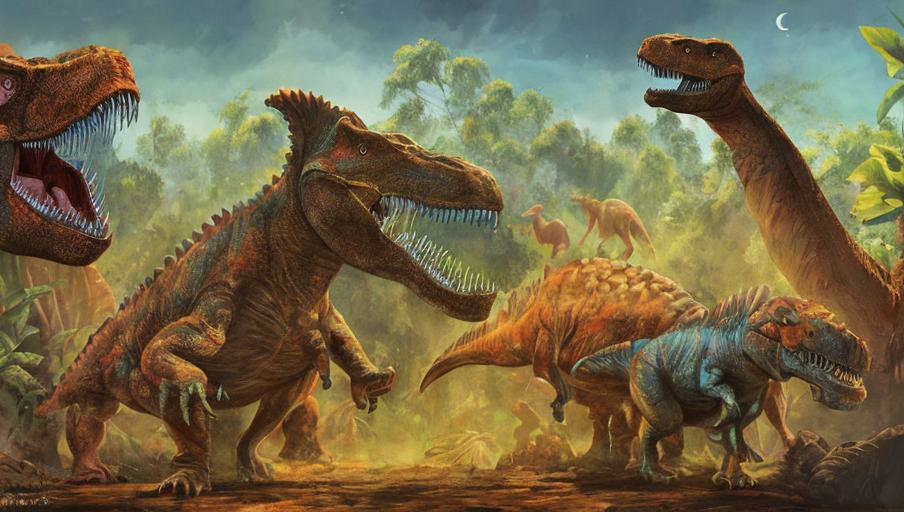
Introduction
From the time of the dinosaurs to the present day, animals have been the subject of fascination and study. Dinosaurs, in particular, have held a special place in our imaginations. It’s not hard to understand why—they were large, mysterious creatures that no longer exist. With the growth of paleontology, our understanding of dinosaurs has grown, but there is still much to learn about their behavior. What did they eat? How did they communicate? How did they interact with one another? To answer these questions, scientists must resort to a combination of evidence and educated guesswork.
Dietary Habits
By studying fossilized remains, paleontologists have been able to piece together a picture of the diets of dinosaur species. The size of the creature, as well as the shape and size of their teeth, can provide clues about the types of food they ate. Plant eaters had flat teeth for grinding vegetation, while meat eaters had sharp teeth for ripping and tearing flesh. Some dinosaurs were omnivores, meaning they were able to eat both plants and animals.
Communication
It is difficult to ascertain how dinosaurs communicated. There is no fossil evidence of vocal cords or sound-producing organs. It is possible that they communicated through body language, such as head bobbing, body posturing, and tail twitching. It is also possible that they may have had a system of chemical communication, such as releasing pheromones.
Social Behavior
Dinosaurs were social creatures, and evidence suggests that some species lived in large herds or flocks. Fossil evidence has revealed that some dinosaurs nested in groups and traveled in packs. Parents also showed signs of caring for their young, and it is likely that they formed strong family bonds. In some cases, there is evidence of cooperative behavior, such as group hunting.
Interaction with Other Species
Dinosaurs interacted with other species, both in their food chain and in their environment. Fossil evidence suggests that some large dinosaurs preyed on other species, while smaller species were hunted by larger predators. Dinosaurs may have also interacted with other species in a more positive manner, such as forming symbiotic relationships. For example, some scientists believe that some species of dinosaurs may have acted as hosts to small birds, providing them with protection from predators.
Conclusion
Although much remains unknown about the behavior of dinosaurs, paleontologists have been able to piece together a picture of how these creatures lived. By studying fossil evidence, scientists have been able to determine the diets of various species, as well as their communication and social behavior. Additionally, evidence suggests that dinosaurs interacted with other species in both positive and negative ways. Through continued study, we may be able to gain a better understanding of how these creatures lived and interacted with one another.
